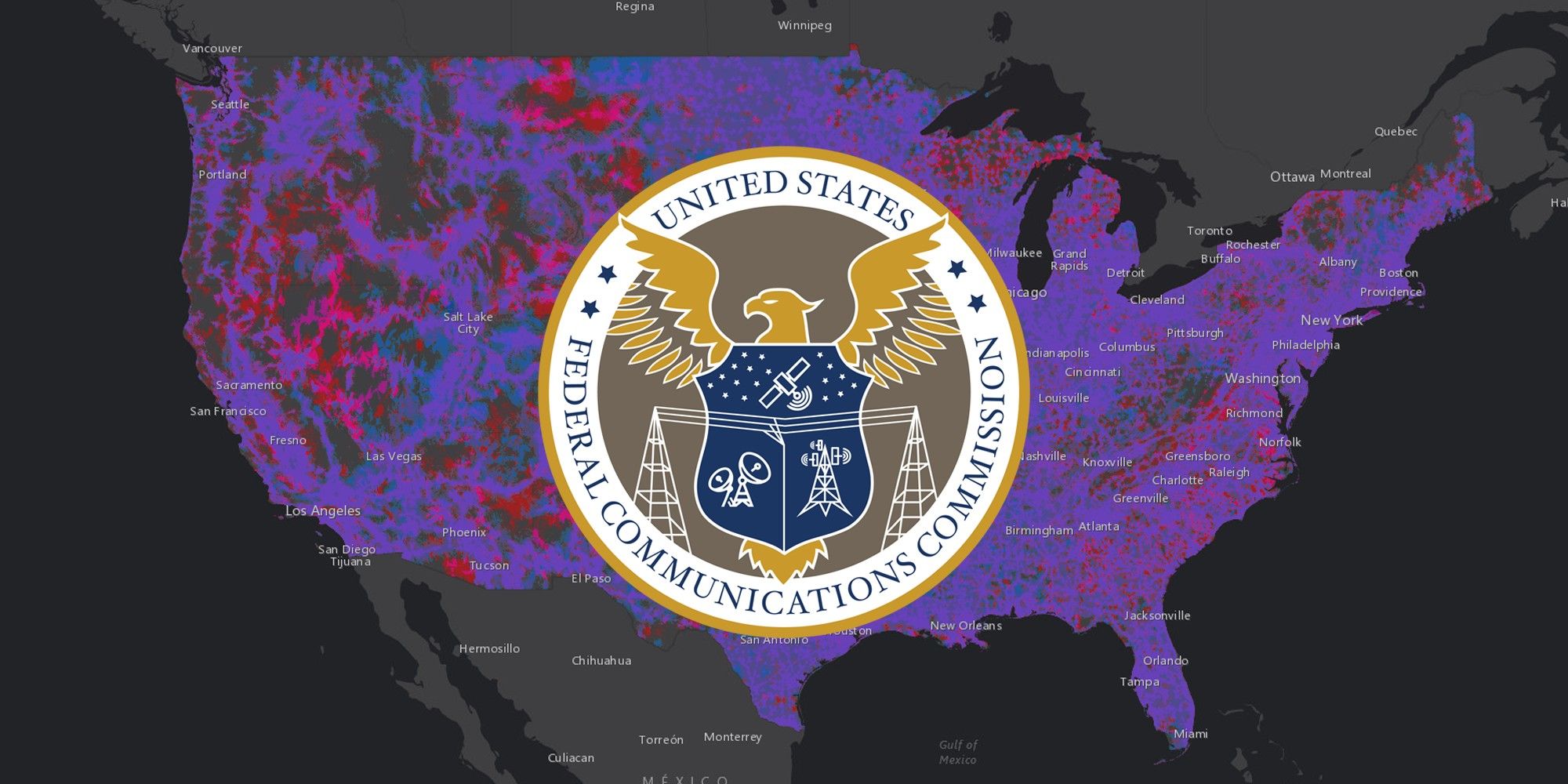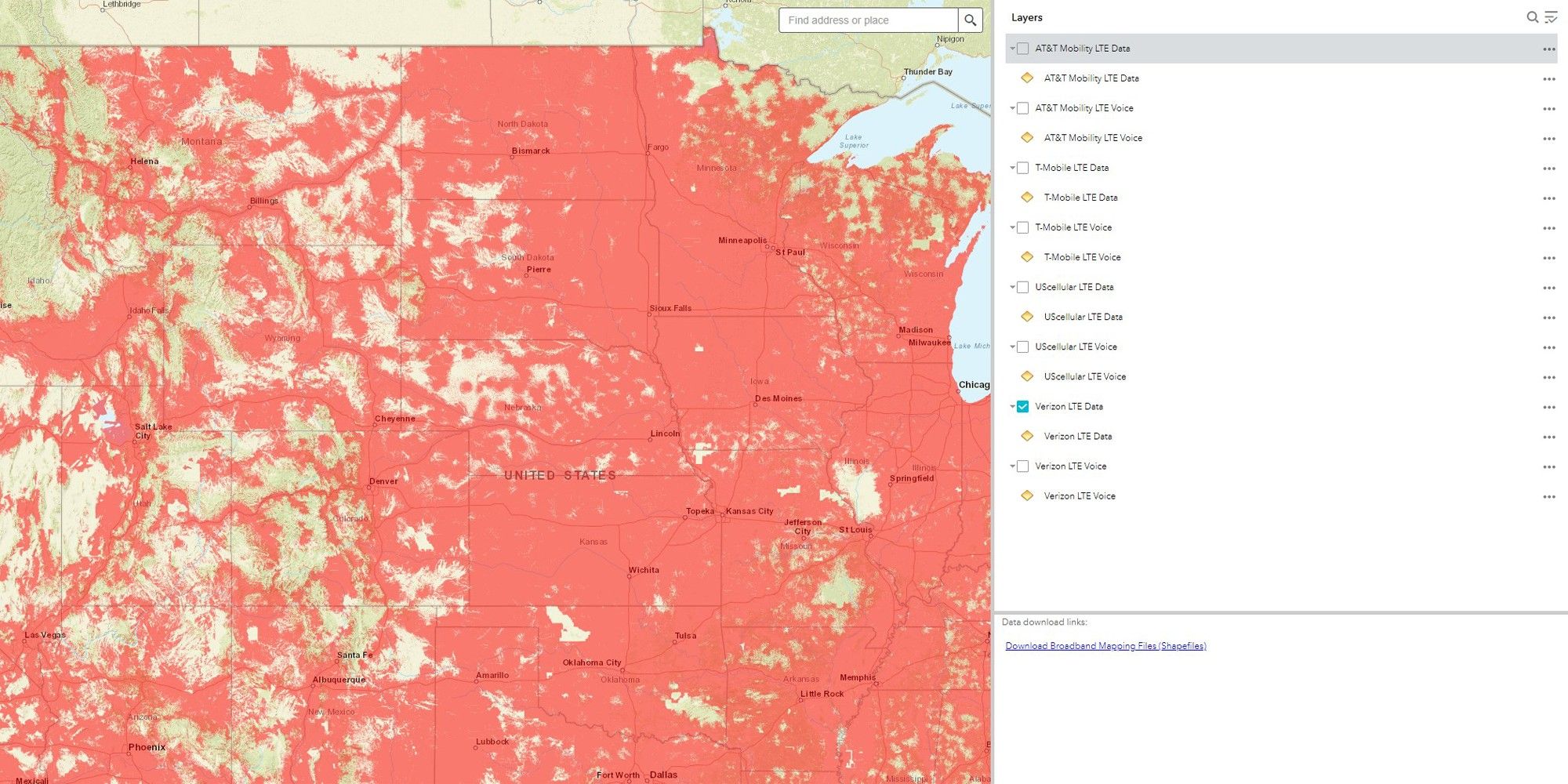The FCC has created a tool with the purpose of collecting and displaying accurate coverage from major mobile carriers, giving customers valuable insight as to the best option for them. For years, major carriers like Verizon and AT&T have promoted maps of their coverage in ads and campaigns. In most cases, these maps aren't very accurate and quickly become outdated as carrier technologies evolve. Having a tool that is constantly updated and displays real coverage data would be incredibly useful to the public.
In 2020, the FCC began cracking down on carriers. It knew that these major players had over-exaggerated coverage maps and constantly misled customers into believing they'd have full coverage where they lived. When the FCC did its own drive-testing - a method in which roads are traveled and signal strength is accurately tested along the way - it found that in California, one major carrier completely overstated its limits. The Broadband DATA Act in 2020 gave the FCC a new purpose: find accurate coverage readings and report them to the public.
To further expand on this research, the FCC has released a new tool to fulfill that purpose. The agency has created a full US map that details major carriers' coverage information, such as Verizon, AT&T, and T-Mobile. Each carrier has its own layer, and users can compare each carrier to see exactly where 4G LTE can reach. The map has an address search bar and utilizes map view customization, providing the consumer with a chance to check out a satellite view for a more precise idea of coverage.
Moving To User-Submitted Data
The DATA act indicates that this information should be updated regularly, and that's what the FCC plans on doing. The one caveat, for now, is that this data was voluntarily submitted by these carriers. As of May 15, 2021, the information is completely up to date. The goal is that eventually, through customer submissions, the FCC can adjust these maps according to the actual signal strength a customer can expect to achieve. In the future, and with the race to cover the most area with 5G, accurate data is going to be extremely useful.
With the new tool, users can start ignoring any carrier claims about coverage and do their own research. As the map will eventually be updated with real-world performance, it should become a way to more easily choose the right carrier for a particular location. The FCC has a lot of work ahead, but this is an extremely promising development within the mobile internet space.
Source: FCC


